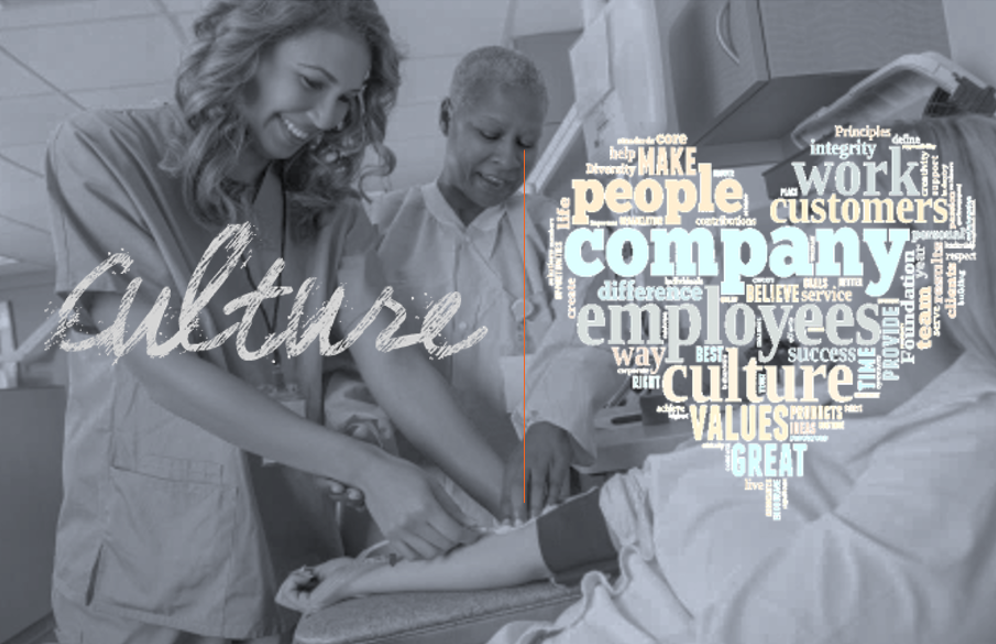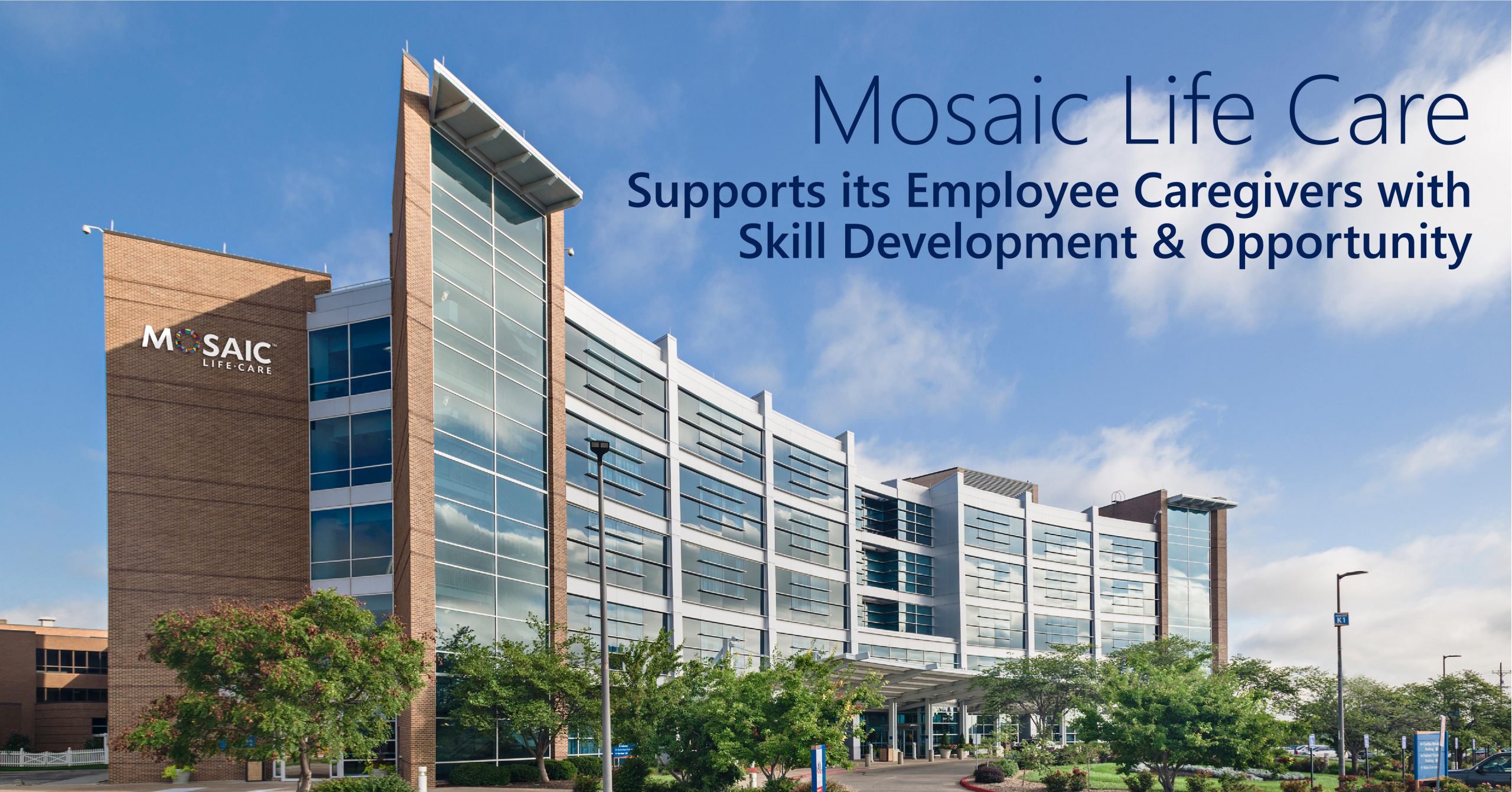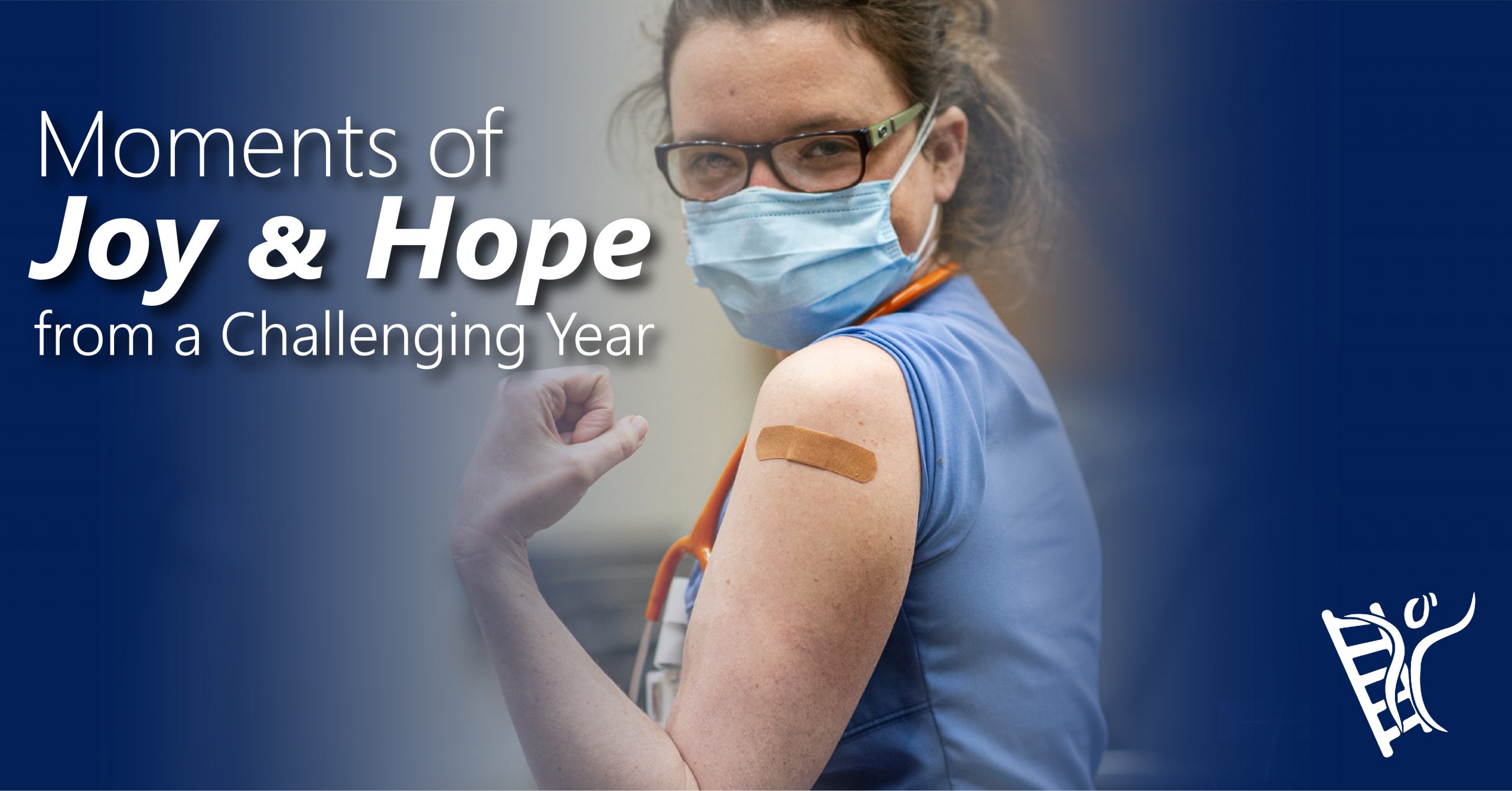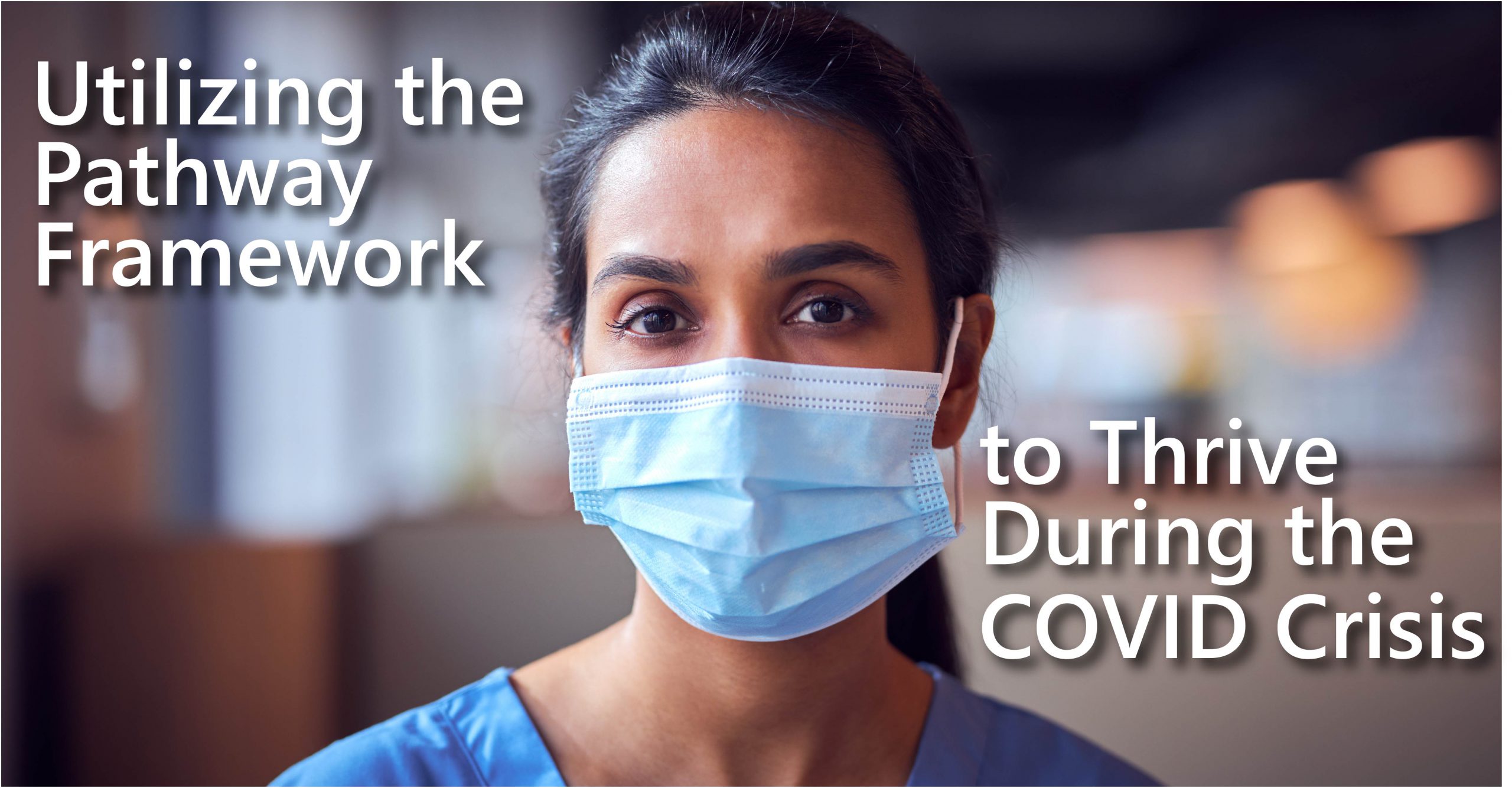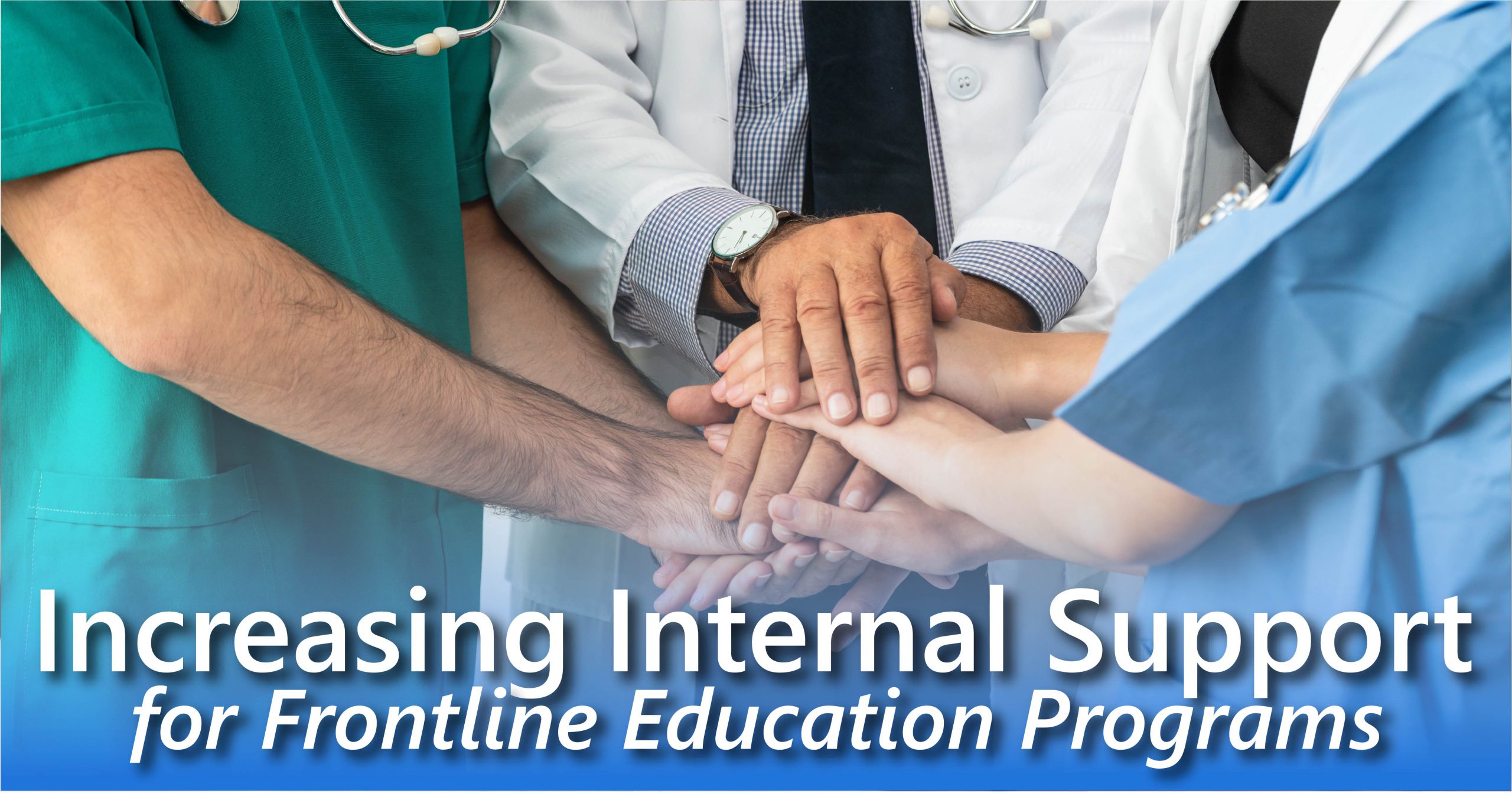“I believe there’s a whole world of untapped potential buried within me, hoping that I’ll be brave enough to unearth it. I also believe there’s a whole world of untapped potential within you. And it’s hoping, waiting to see if you’re willing to set it free.”
Cincinnati Children’s Hospital and Medical Center (CCHMC) is recognized by U.S. News and World Report as one of the best children’s hospitals in the U.S. It is nationally ranked in 10 pediatric specialties. It is a teaching hospital, medical and surgical, and operates Level 1 pediatric trauma and surgery, within downtown Cincinnati and throughout the southern Ohio region.
While patients are referred from all over the world for CCHMC’s care capabilities, it has a mission to be a vital resource to the health of the local community, focusing on efforts to impact obesity, asthma, preventable injuries and infant mortality. The hospital strategically uses resources and partnerships with local organizations to address health issues that are prevalent in the community.
Commitment to Diversity, Equity & Inclusion. Walking the Talk… at All Levels
Cincinnati Children’s values and regards diversity as an organizational asset, utilizing the strengths and benefits diversity and inclusion bring to patients, families, visitors, employees, volunteers, suppliers and the community. The organization was ranked #40 in Forbes list “America’s Best Employers for Diversity 2020.” This isn’t an accident. The recognition represents intentional progress and alignment with strategic goals, set from the apex of the health system.
Putting this belief and strategy into workforce development practice, CCHMC offers a suite of programs that serve as a catalyst for building pathways for the next generation of diverse healthcare professionals.
- The “Job Coach” program connects employees with appropriate mentors who can help with professional development and help make connections in the Patient Service Division.
- CCHMC’s William K Schubert Minority Nursing Scholarship seeks to increase the diversity of registered nurses at CCHMC and to assist with economic barriers that prevent some students from pursuing nursing careers.
- CCHMC offers minority scholarships for medical imaging, to promote the entrance of minorities into the high need field of radiology.
- Raising minimum wage to $15/hour across the board
- Career Pathways program which increases the transparency for employees of what education and experience is needed to advance to another role
- CCHMC augmenting our tuition reimbursement program to also offer a tuition assistance program which makes tuition payments directly to approved educational programs/colleges/universities reducing the burden of employees have to pay for tuition and then wait for reimbursement after completion course
Frontline employees are a significant and diverse part of the total healthcare workforce, yet are often underserved by leadership development and career development programs. CCHMC continues to ensure that the programs they offer are inclusive, intentional, and tailor-made to support this essential group.
CCHMC’s first-ever vice president of Diversity, Inclusion and Community Relations, Bobby Rodriguez, will help continue to change the outcome on these important fronts.
“It’s our responsibility to champion and advocate for diversity, equity and inclusion—within the walls of the medical center and well beyond. My goals are to build a vibrant, culturally sensitive and inclusive environment,” Mr. Rodriguez shares. “Listening and celebrating the differences and similarities of each other will make us a stronger organization.”
Maintaining a Focus on Workforce Development, Despite a Pandemic
One of CCHMC’s goals has been to build career pathways and upward mobility for ethnically diverse entry and mid-level professionals.
For entry level healthcare associates, CCHMC began working with Catalyst Learning in 2010 to implement School At Work® (SAW®), a curriculum and career planning system that promotes upward mobility. SAW® sharpens key behavioral skills to optimize employee performance and puts student associates on a path for career advancement in healthcare. Subjects include Life Management Skills, Communication in the Workplace, Medical Terminology, and Planning For Your Future.
Karen Powers is a Facilitation Consultant at CCHMC, and serves as a SAW® coach. Karen recently commented that “At CCHMC, we want to leverage and lift each other up for success. We need to be able to give our entry-level employees the tools they need to thrive at our organization and see their importance. We want to retain our associates, and show that we value making investments in them.”
Karen tells us that supervisors have reached out to her on multiple occasions to note the changes they’re seeing in their employees. Supervisors have told Karen,
“My SAW® employee is showing up so differently, with increased confidence, interest in responsibility, and is focused on growth and development. They’ve gone from listening to actively participating. SAW is giving a sense of accomplishment that is helping associates reach the next step.”
Danette Fields is a Patient Rep II at CCHMC who graduated from SAW® in 2014. She recently said that SAW® helped her to learn how to interact with co-workers better and to diffuse conflict and difficult situations better. She said it taught her how to keep patients and families in mind as she communicates, and to be accurate and accountable in her work and patient interaction.
Expanding Career Opportunities for Mid-Level Employees
Recognizing that many mid-level associates in roles such as Patient Care Tech, Administrative Assistant, or Health Information Tech also had more upward mobility potential, CCHMC began offering Expanding Your Career and Healthcare Opportunities (ECHO®) to its employees in 2019.

Liz Keith is a Facilitation Consultant at CCHMC, and is also an ECHO® coach. Liz recently commented that “ECHO reaches a different group of employees, those looking for help with career development and professional aspirations at CCHMC.” Liz works with students on resumés, networking and other skills. Liz says, “We love the cohort aspect of it. Learning about other roles from students in the cohort with them. Advancement is of interest. They’re looking for something more and want to remain with Cincinnati Children’s.”
CCHMC has seen career advancements from SAW and ECHO graduates. Students take a customized Career Interest Survey providing them with ideas for career avenues. There have been 8 promotional moves from the last 2 SAW® and ECHO® classes.
Tiffany Puska, a Health Unit Coordinator II at CCHMC is a recent ECHO® graduate. She applied for the programs because she had wanted to further her education, but had been out of school since 2002 so was a little apprehensive at first. Tiffany said the course on Medical Terminology helped her communicate with both patients and clinical staff better. After her ECHO® graduation, Tiffany felt so confident that created SMART goals to help long-term plan a little better, then applied to college and was accepted! She is now in her 3rd collegiate semester and will attain her Associates Degree in 2022.
Helping Associates Gain Skills, Move to Career Roles with Family-Sustaining Wages
Plans in the coming year call for expanding the network of leaders involved with the program, to help make student-mentor connections and to help participants infuse the workforce with knowledge and skills learned in SAW® and take it back to their respective worksites and teams.
Graduations, always a joyful occasion, were held in a special in-person ceremony prior to the COVID-19 pandemic and have been done virtually in 2020 and 2021. Sandy Puthoff, Rep III – Patient Scheduling Center and SAW® 2021 graduate, summed up the impact when she quoted Joanna Gaines of Fixer Upper,
“I believe there’s a whole world of untapped potential buried within me, hoping that I’ll be brave enough to unearth it. I also believe there’s a whole world of untapped potential within you. And it’s hoping, waiting to see if you’re willing to set it free.”

